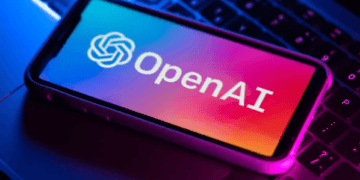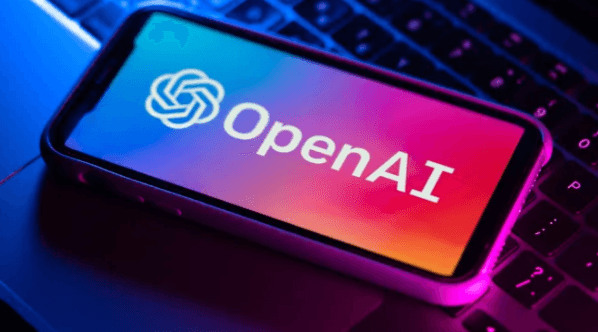DBT Bureau
Pune, 3 Feb 2025
OpenAI launched deep research in ChatGPT, a new agentic capability that conducts multi-step research on the internet for complex tasks. It accomplishes in tens of minutes what would take a human many hours.
Deep research is OpenAI’s next agent that can do work for you independently—you give it a prompt, and ChatGPT will find, analyze, and synthesize hundreds of online sources to create a comprehensive report at the level of a research analyst. Powered by a version of the upcoming OpenAI o3 model that’s optimized for web browsing and data analysis, it leverages reasoning to search, interpret, and analyze massive amounts of text, images, and PDFs on the internet, pivoting as needed in reaction to information it encounters.
The ability to synthesize knowledge is a prerequisite for creating new knowledge. For this reason, deep research marks a significant step toward our broader goal of developing AGI, which we have long envisioned as capable of producing novel scientific research.
Why OpenAI built deep research
Deep research is built for people who do intensive knowledge work in areas like finance, science, policy, and engineering and need thorough, precise, and reliable research. It can be equally useful for discerning shoppers looking for hyper-personalized recommendations on purchases that typically require careful research, like cars, appliances, and furniture. Every output is fully documented, with clear citations and a summary of its thinking, making it easy to reference and verify the information. It is particularly effective at finding niche, non-intuitive information that would require browsing numerous websites. Deep research frees up valuable time by allowing you to offload and expedite complex, time-intensive web research with just one query.
Deep research independently discovers, reasons about, and consolidates insights from across the web. To accomplish this, it was trained on real-world tasks requiring browser and Python tool use, using the same reinforcement learning methods behind OpenAI o1, our first reasoning model. While o1 demonstrates impressive capabilities in coding, math, and other technical domains, many real-world challenges demand extensive context and information gathering from diverse online sources. Deep research builds on these reasoning capabilities to bridge that gap, allowing it to take on the types of problems people face in work and everyday life.
How it works
Deep research was trained using end-to-end reinforcement learning on hard browsing and reasoning tasks across a range of domains. Through that training, it learned to plan and execute a multi-step trajectory to find the data it needs, backtracking and reacting to real-time information where necessary. The model is also able to browse over user uploaded files, plot and iterate on graphs using the python tool, embed both generated graphs and images from websites in its responses, and cite specific sentences or passages from its sources. As a result of this training, it reaches new highs on a number of public evaluations focused on real-world problems.
How to use deep research
In ChatGPT, select ‘deep research’ in the message composer and enter your query. Tell ChatGPT what you need—whether it’s a competitive analysis on streaming platforms or a personalized report on the best commuter bike. You can attach files or spreadsheets to add context to your question. Once it starts running, a sidebar appears with a summary of the steps taken and sources used.
Deep research may take anywhere from 5 to 30 minutes to complete its work, taking the time needed to dive deep into the web. In the meantime, you can step away or work on other tasks—you’ll get a notification once the research is complete. The final output arrives as a report within the chat – in the next few weeks, we will also be adding embedded images, data visualizations, and other analytic outputs in these reports for additional clarity and context.
Compared to deep research, GPT-4o is ideal for real-time, multimodal conversations. For multi-faceted, domain-specific inquiries where depth and detail are critical, deep research’s ability to conduct extensive exploration and cite each claim is the difference between a quick summary and a well-documented, verified answer that can be usable as a work product.














